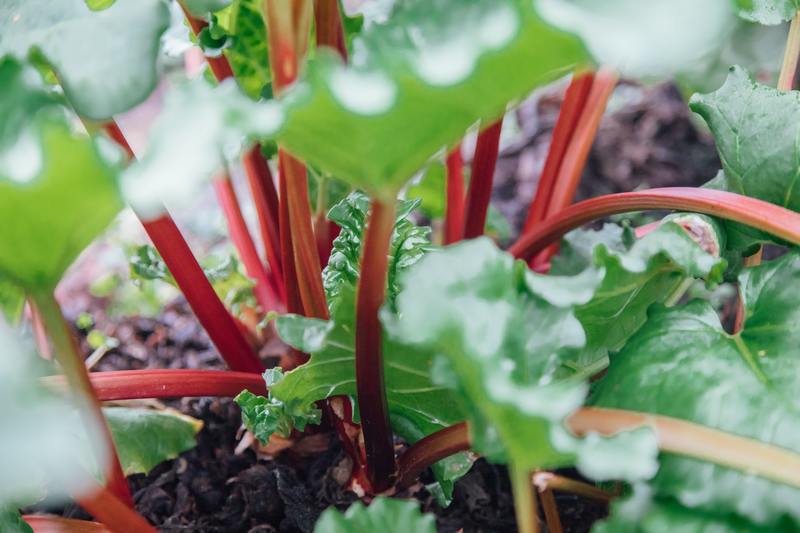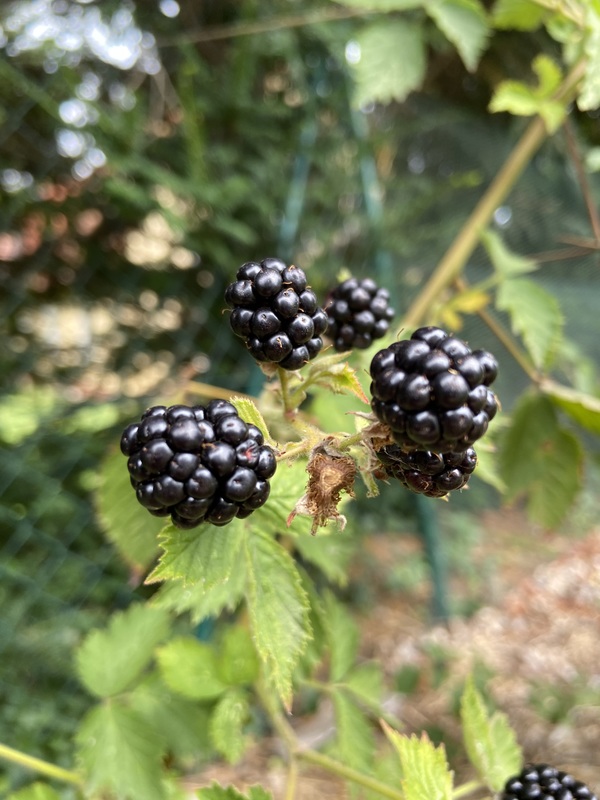Description
Good King Henry, also known as Blitum bonus-henricus, is a perennial plant native to Europe. It has green, elongated leaves and small, inconspicuous flowers that grow in clusters. The plant grows to a height of about 1-2 feet and has a sprawling habit.
Good King Henry is often confused with other plants in the Chenopodiaceae family, such as quinoa and lamb’s quarters, but it can be distinguished by its characteristic elongated leaves and clusters of small flowers.
In terms of growing conditions, Good King Henry prefers well-drained soil and full sun to partial shade. It is relatively easy to cultivate and can be grown from seeds or by dividing established plants. Good King Henry is winter hardy and can tolerate frost.
The edible parts of Good King Henry include the young leaves and shoots, which can be cooked and eaten like spinach. The leaves can also be used in salads. After harvest, the leaves can be stored in the refrigerator for a few days.
Good King Henry has a number of uses beyond its edibility. The plant is known for its medicinal properties and has been used to treat a variety of ailments, including respiratory problems and digestive issues. It is also high in vitamins and minerals, making it a nutritious addition to the diet.
Propagation
Seeds must be cold-stratified (4C) in order to germinate. Does not like to be transplanted.
Plant profile




